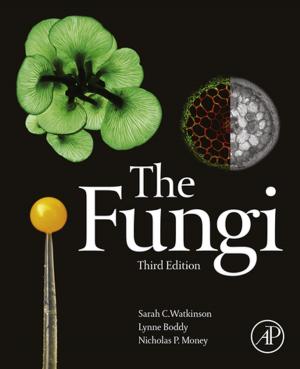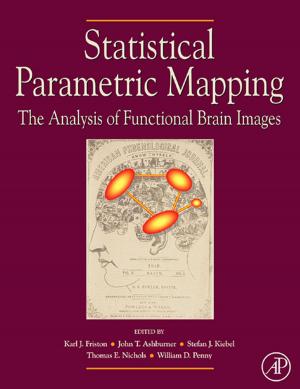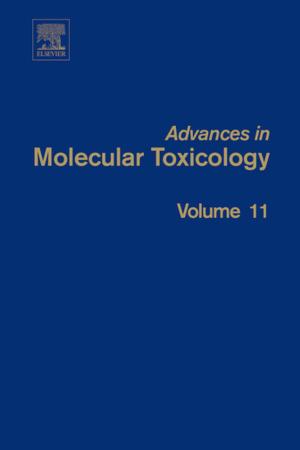Medicinal Plants
Chemistry, Biology and Omics
Nonfiction, Science & Nature, Science, Biological Sciences, Biochemistry, Botany| Author: | Hao Da, Xiao Jie Gu, Pei Gen Xiao | ISBN: | 9780081001035 |
| Publisher: | Elsevier Science | Publication: | June 29, 2015 |
| Imprint: | Woodhead Publishing | Language: | English |
| Author: | Hao Da, Xiao Jie Gu, Pei Gen Xiao |
| ISBN: | 9780081001035 |
| Publisher: | Elsevier Science |
| Publication: | June 29, 2015 |
| Imprint: | Woodhead Publishing |
| Language: | English |
Medicinal Plants: Chemistry, Biology and Omics reviews the phytochemistry, chemotaxonomy, molecular biology, and phylogeny of selected medicinal plant tribes and genera, and their relevance to drug efficacy.
Medicinal plants provide a myriad of pharmaceutically active components, which have been commonly used in traditional Chinese medicine and worldwide for thousands of years. Increasing interest in plant-based medicinal resources has led to additional discoveries of many novel compounds, in various angiosperm and gymnosperm species, and investigations on their chemotaxonomy, molecular phylogeny and pharmacology.
Chapters in this book explore the interrelationship within traditional Chinese medicinal plant groups and between Chinese species and species outside of China. Chapters also discuss the incongruence between chemotaxonomy and molecular phylogeny, concluding with chapters on systems biology and “-omics technologies (genomics, transcriptomics, proteomics, and metabolomics), and how they will play an increasingly important role in future pharmaceutical research.
- Reviews best practice and essential developments in medicinal plant chemistry and biology
- Discusses the principles and applications of various techniques used to discover medicinal compounds
- Explores the analysis and classification of novel plant-based medicinal compounds
- Includes case studies on pharmaphylogeny
- Compares and integrates traditional knowledge and current perception of worldwide medicinal plants
Medicinal Plants: Chemistry, Biology and Omics reviews the phytochemistry, chemotaxonomy, molecular biology, and phylogeny of selected medicinal plant tribes and genera, and their relevance to drug efficacy.
Medicinal plants provide a myriad of pharmaceutically active components, which have been commonly used in traditional Chinese medicine and worldwide for thousands of years. Increasing interest in plant-based medicinal resources has led to additional discoveries of many novel compounds, in various angiosperm and gymnosperm species, and investigations on their chemotaxonomy, molecular phylogeny and pharmacology.
Chapters in this book explore the interrelationship within traditional Chinese medicinal plant groups and between Chinese species and species outside of China. Chapters also discuss the incongruence between chemotaxonomy and molecular phylogeny, concluding with chapters on systems biology and “-omics technologies (genomics, transcriptomics, proteomics, and metabolomics), and how they will play an increasingly important role in future pharmaceutical research.
- Reviews best practice and essential developments in medicinal plant chemistry and biology
- Discusses the principles and applications of various techniques used to discover medicinal compounds
- Explores the analysis and classification of novel plant-based medicinal compounds
- Includes case studies on pharmaphylogeny
- Compares and integrates traditional knowledge and current perception of worldwide medicinal plants















